Home>Gardening & Outdoor>Landscaping Ideas>How To Fix Over Fertilized Grass
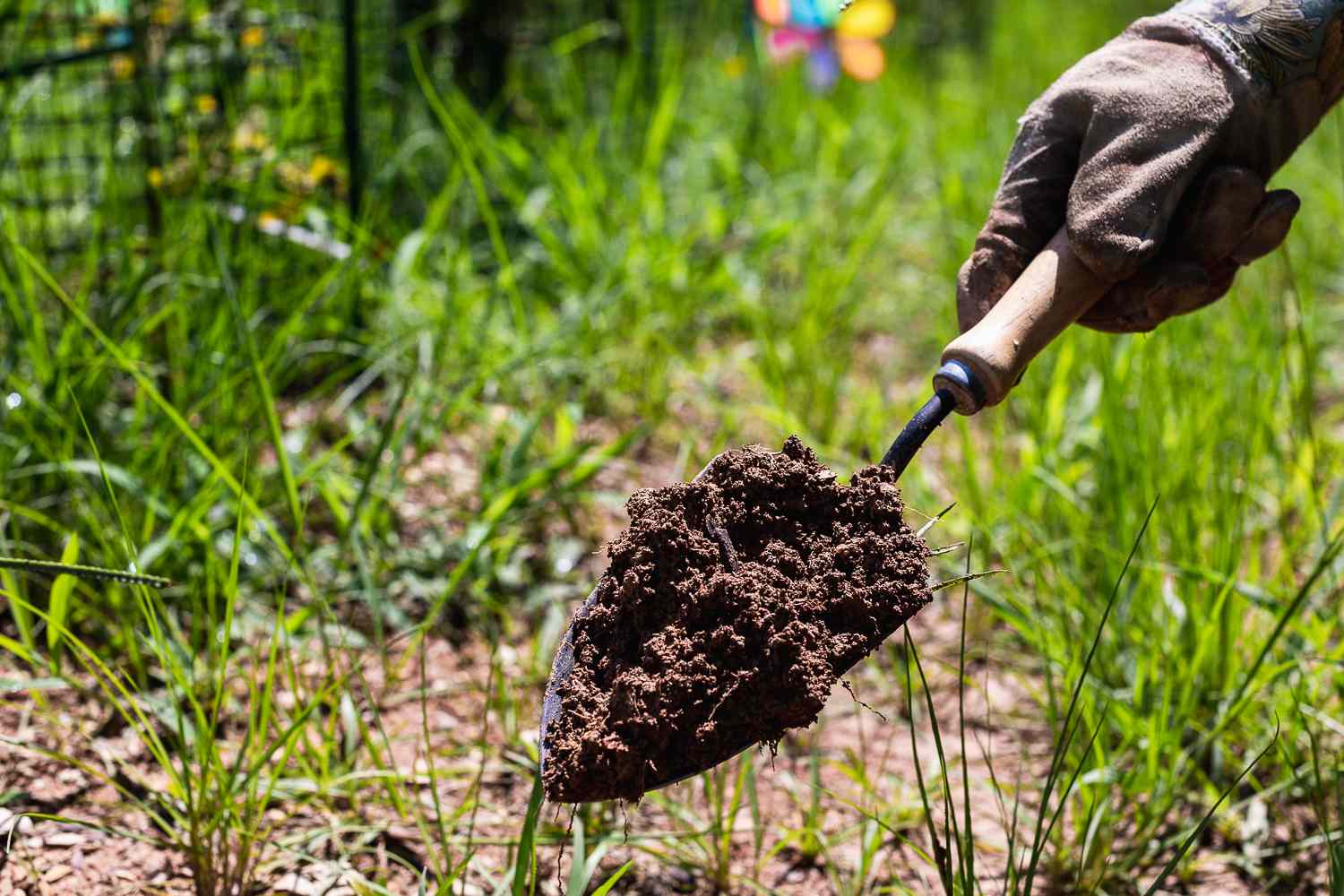

Landscaping Ideas
How To Fix Over Fertilized Grass
Modified: October 19, 2024
Learn effective landscaping ideas to fix over-fertilized grass and restore your lawn to its former glory. Expert tips and solutions for a healthy, vibrant yard.
(Many of the links in this article redirect to a specific reviewed product. Your purchase of these products through affiliate links helps to generate commission for Storables.com, at no extra cost. Learn more)
Introduction
Over-fertilization of grass can lead to a range of issues that affect the health and appearance of your lawn. While fertilizing is essential for providing the necessary nutrients for grass growth, excessive fertilization can have detrimental effects. It's crucial to recognize the signs of over-fertilized grass and take corrective measures to restore the health and vitality of your lawn.
When grass is over-fertilized, it can suffer from nutrient imbalances, leading to stunted growth, discoloration, and increased susceptibility to diseases and pests. The excessive nutrients can also leach into the soil and water systems, causing environmental harm. Understanding the signs of over-fertilized grass and knowing how to address this issue is essential for maintaining a lush and vibrant lawn.
In this article, we will explore the signs of over-fertilized grass and provide actionable steps to remedy this problem. By following these guidelines, you can effectively restore the balance of nutrients in your lawn and promote healthy grass growth. Let's delve into the details of identifying and rectifying over-fertilized grass to ensure that your lawn remains a verdant and inviting space for relaxation and enjoyment.
Key Takeaways:
- Don’t drown your grass in fertilizer! Overdoing it can lead to stunted growth, discoloration, and more weeds. Stop fertilizing, water deeply, and monitor for recovery.
- If your grass is over-fertilized, take action to restore its health. Stop fertilizing, water deeply, mow regularly, and consider soil amendments. Patience and monitoring are key!
Read more: How To Plant Over Grass
Signs of Over Fertilized Grass
Over-fertilization of grass can manifest in various visible signs, indicating an imbalance of nutrients in the soil. Recognizing these indicators is crucial for addressing the issue effectively. Here are the key signs of over-fertilized grass:
-
Excessive Growth: One of the initial signs of over-fertilized grass is rapid and excessive growth. While this might seem desirable at first, it can lead to weak and vulnerable grass, making it more susceptible to diseases and pest infestations.
-
Discoloration: Over-fertilized grass may exhibit abnormal coloration, such as a dark bluish-green hue, which is a result of nitrogen overload. Conversely, the grass may also display a yellowish tint, indicating nutrient imbalances and stress.
-
Thatch Buildup: Over-fertilization can contribute to the accumulation of thatch, a layer of dead grass and organic matter that hinders water and nutrient absorption. Excessive thatch impedes the grass's ability to thrive and can lead to a lackluster appearance.
-
Increased Weed Growth: An overabundance of nutrients can promote the growth of weeds, as they thrive in the same conditions that weaken grass. Consequently, an over-fertilized lawn may experience a surge in weed proliferation, detracting from the overall aesthetic appeal.
-
Root Damage: Over-fertilization can compromise the health of grass roots, leading to shallow and weak root systems. This makes the grass more susceptible to drought and environmental stress, further exacerbating its condition.
-
Environmental Impact: Beyond the visible signs, over-fertilized grass can have detrimental effects on the environment. Excessive nutrients can leach into water systems, causing pollution and harming aquatic life.
Recognizing these signs is pivotal in addressing over-fertilized grass effectively. By understanding these indicators, you can take proactive measures to restore the balance of nutrients in your lawn and promote the healthy growth of your grass.
To fix over-fertilized grass, water the area thoroughly to help flush out excess nutrients. Avoid fertilizing for a few months and focus on maintaining proper mowing and watering practices to help the grass recover.
Steps to Fix Over Fertilized Grass
-
Assess the Extent of Over-Fertilization: Begin by assessing the extent of over-fertilization in your lawn. This can be determined by observing the signs mentioned earlier, such as excessive growth, discoloration, thatch buildup, and weed proliferation. Understanding the severity of the issue will guide your approach to rectifying the over-fertilization.
-
Cease Fertilization: Immediately discontinue any further fertilization to prevent exacerbating the existing problem. Halting the application of additional fertilizers will help mitigate the nutrient imbalance and allow the grass to recover naturally.
-
Watering and Aeration: Increase the frequency of watering to flush out excess nutrients from the soil. Deep watering can help leach out the excessive fertilizers and restore the natural nutrient balance. Additionally, consider aerating the lawn to improve soil compaction and facilitate better absorption of water and nutrients by the grass roots.
-
Mow Regularly: Maintain regular mowing practices to promote healthy grass growth. Trimming the grass at the appropriate height will encourage the development of a robust root system and discourage weed proliferation. Be mindful not to remove more than one-third of the grass blade length in a single mowing session to avoid stressing the grass further.
-
Apply a Soil Amendment: Consider applying a soil amendment, such as gypsum or organic compost, to help neutralize the excessive nutrients in the soil. These amendments can aid in restoring the soil's natural balance and create a favorable environment for healthy grass growth.
-
Monitor and Adjust: Continuously monitor the progress of your lawn and make adjustments as necessary. Observe the grass for any improvements in color, texture, and overall health. If certain areas continue to exhibit signs of over-fertilization, consider targeted treatments to address specific nutrient imbalances.
-
Seek Professional Assistance: If the over-fertilization has caused significant damage to your lawn, it may be beneficial to seek professional assistance from a lawn care expert. They can provide tailored solutions and recommendations based on the specific needs of your lawn, facilitating a more effective recovery process.
By following these steps, you can effectively address the issue of over-fertilized grass and restore the health and vitality of your lawn. Patience and consistent monitoring are key as the grass gradually recovers from the nutrient imbalance. Implementing these measures will contribute to the rejuvenation of your lawn, ensuring a lush and vibrant outdoor space for relaxation and enjoyment.
Conclusion
In conclusion, addressing over-fertilized grass is essential for maintaining a healthy and vibrant lawn. By recognizing the signs of over-fertilization, such as excessive growth, discoloration, thatch buildup, and weed proliferation, you can take proactive steps to rectify the issue and restore the natural balance of nutrients in your lawn.
Ceasing further fertilization, increasing watering and aeration, regular mowing, applying soil amendments, and monitoring the progress of your lawn are crucial steps in the process of fixing over-fertilized grass. These measures collectively contribute to the rejuvenation of the grass and the creation of an optimal environment for healthy growth.
It's important to emphasize the significance of patience and consistent monitoring throughout the recovery process. While the effects of over-fertilization may take time to rectify, implementing the recommended steps will gradually lead to visible improvements in the health and appearance of your lawn.
Furthermore, seeking professional assistance from lawn care experts can provide valuable insights and tailored solutions, particularly if the over-fertilization has caused significant damage to the grass.
Ultimately, maintaining a well-balanced fertilization regimen and being attentive to the specific needs of your lawn can prevent the recurrence of over-fertilization. By fostering a holistic approach to lawn care, you can ensure that your grass remains lush, resilient, and visually appealing, creating an inviting outdoor space for relaxation and recreation.
Incorporating these practices into your lawn care routine will not only benefit the health of your grass but also contribute to environmental sustainability by minimizing the impact of excessive fertilization on the surrounding ecosystem.
By understanding the signs of over-fertilized grass and implementing the recommended steps to address this issue, you can cultivate a thriving and picturesque lawn that enhances the beauty of your outdoor environment. With a commitment to responsible lawn care practices, you can enjoy the rewards of a lush and resilient lawn that serves as a welcoming retreat for you, your family, and your guests.
Frequently Asked Questions about How To Fix Over Fertilized Grass
Was this page helpful?
At Storables.com, we guarantee accurate and reliable information. Our content, validated by Expert Board Contributors, is crafted following stringent Editorial Policies. We're committed to providing you with well-researched, expert-backed insights for all your informational needs.
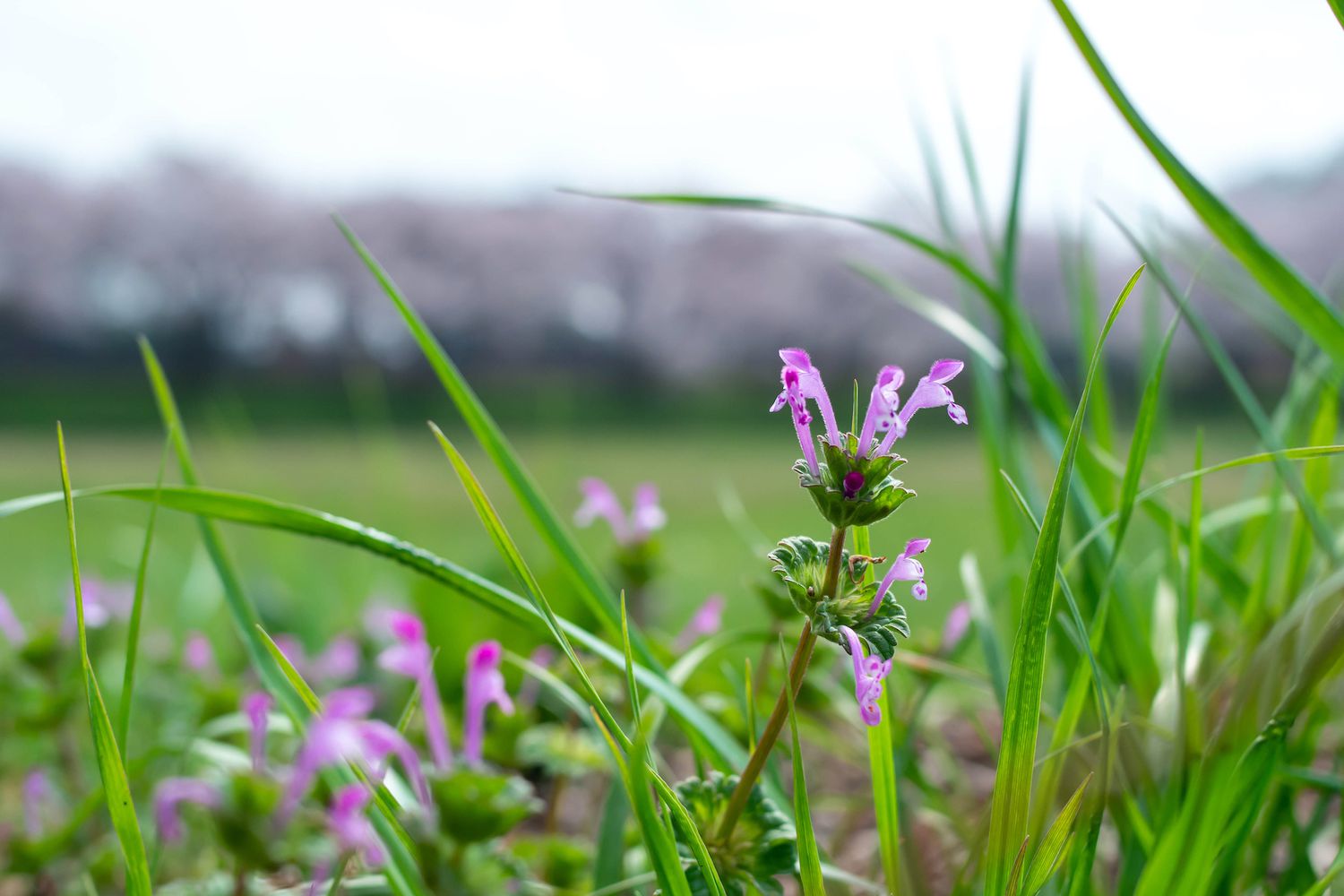
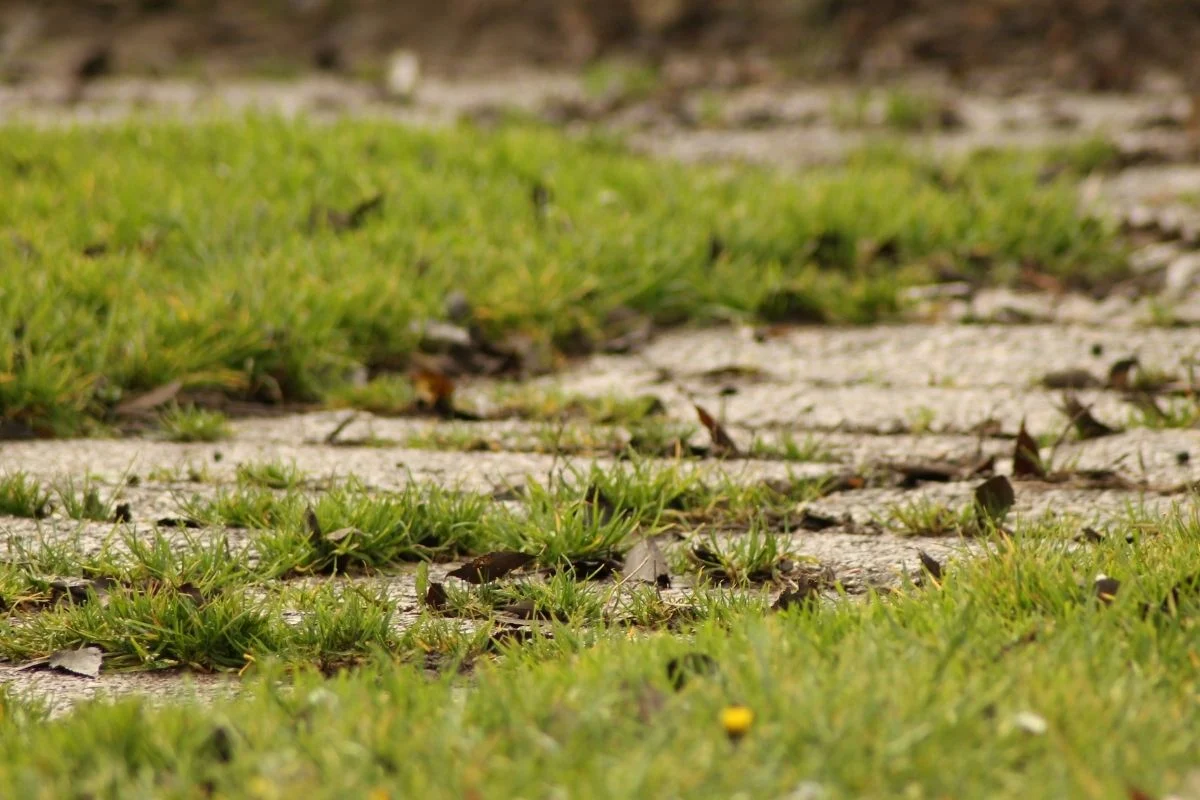
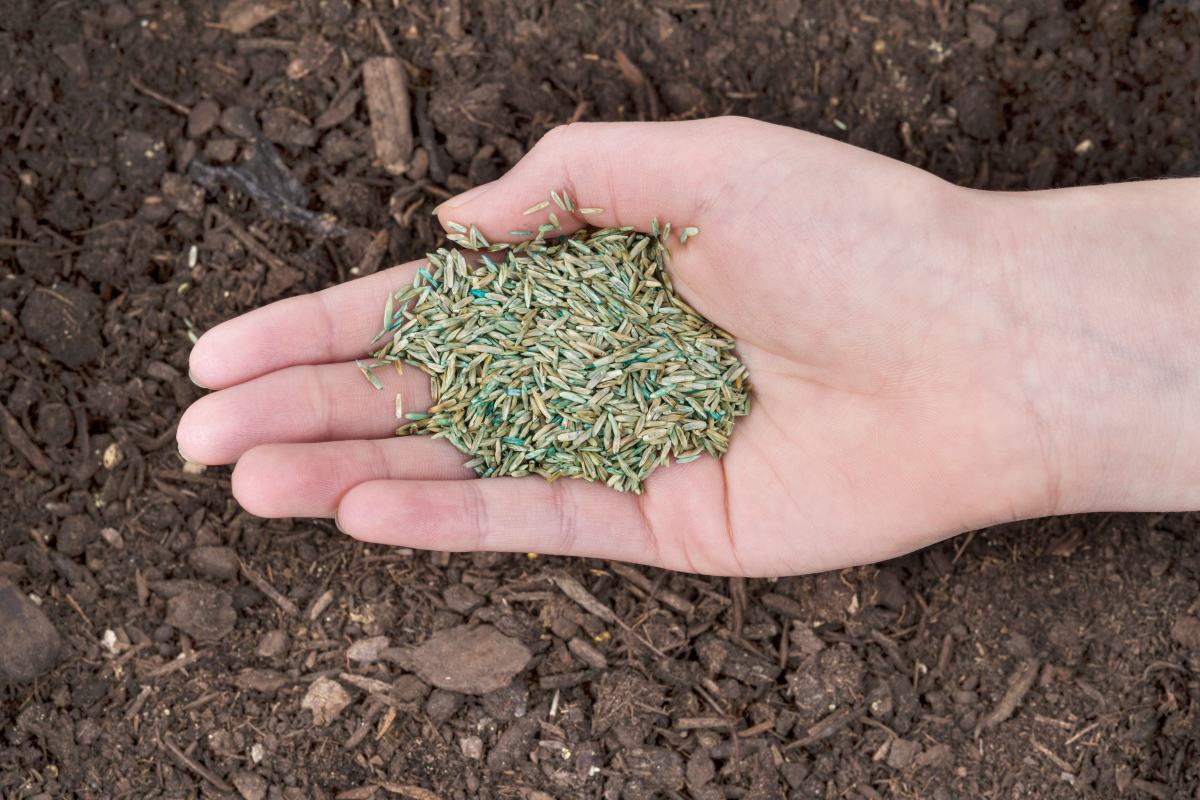
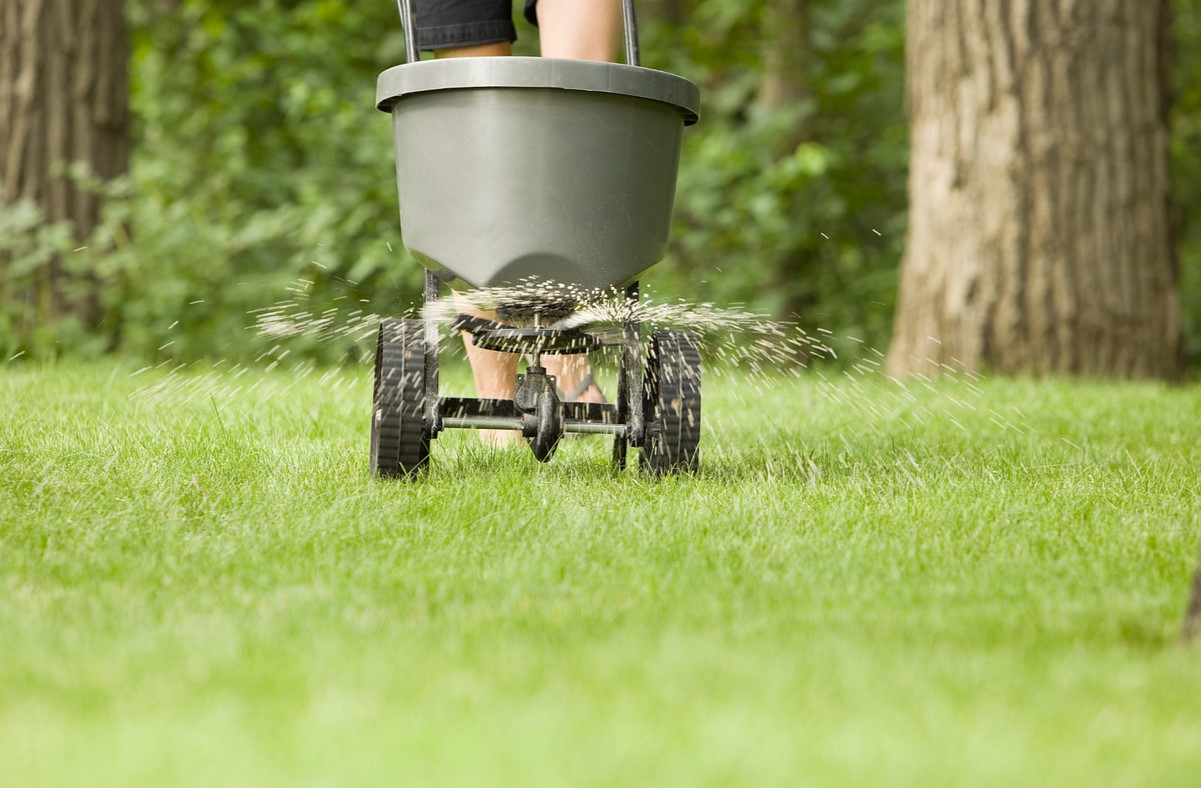
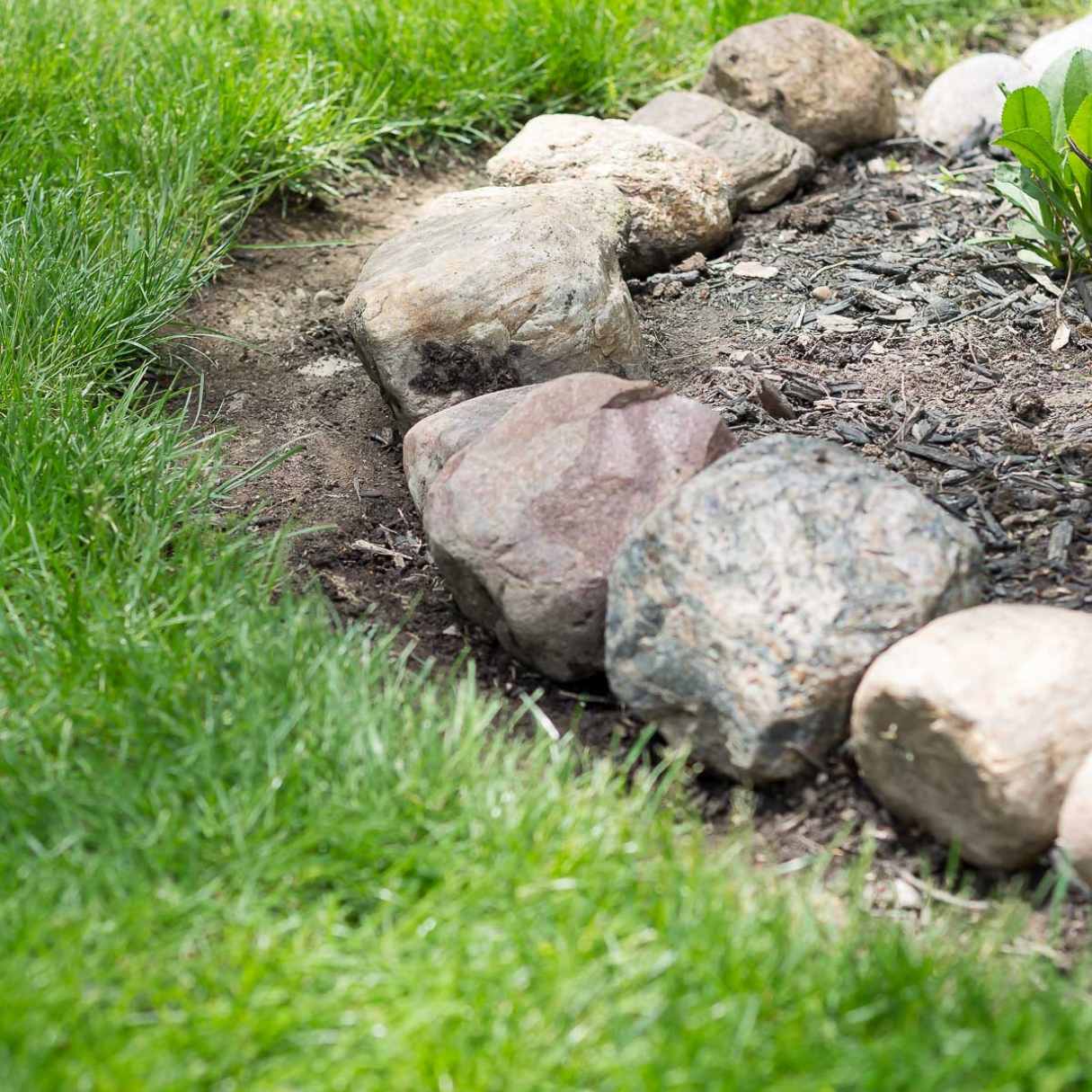

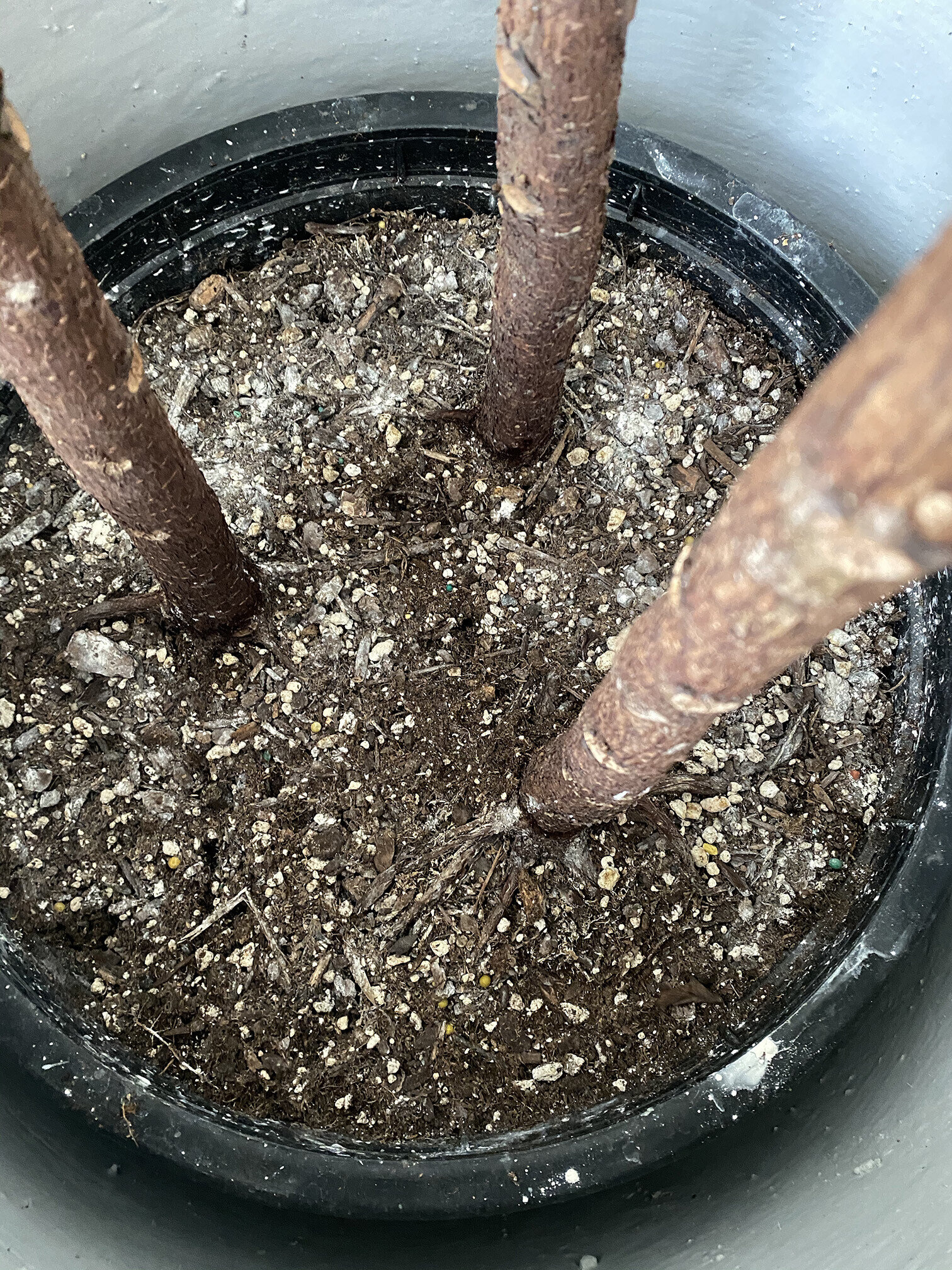
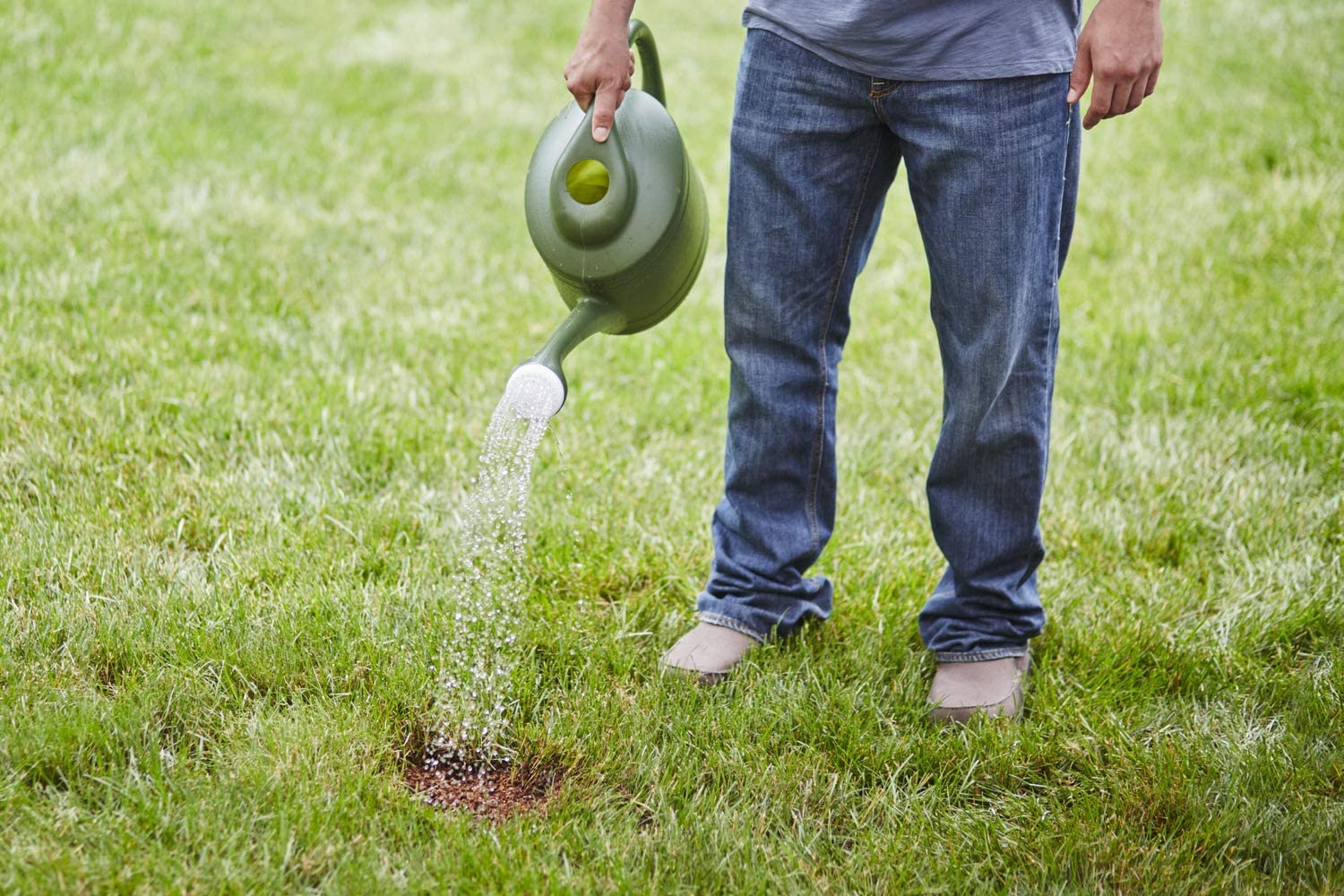



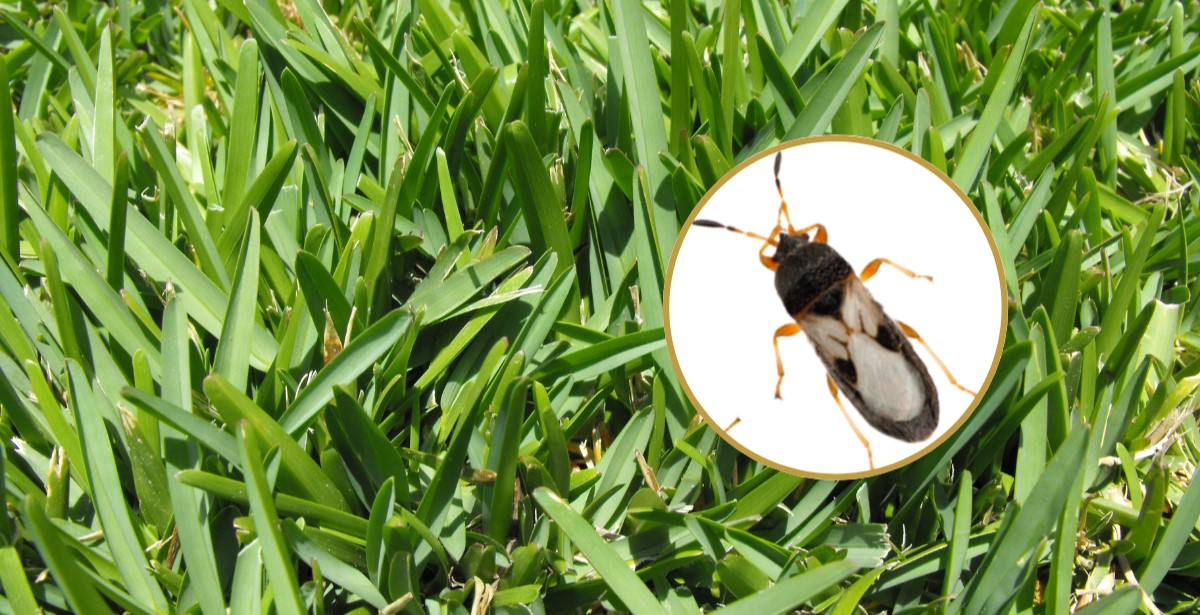
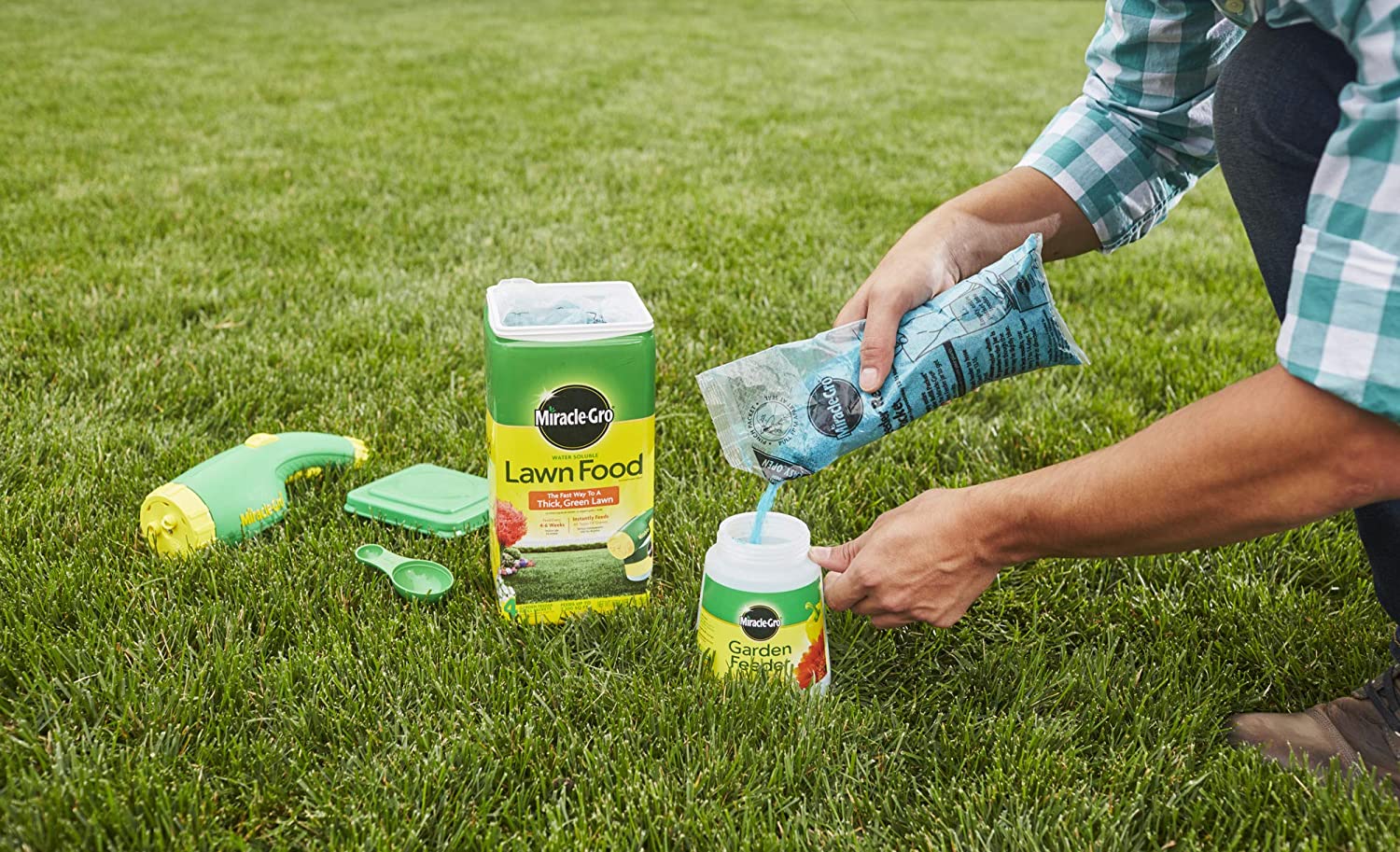
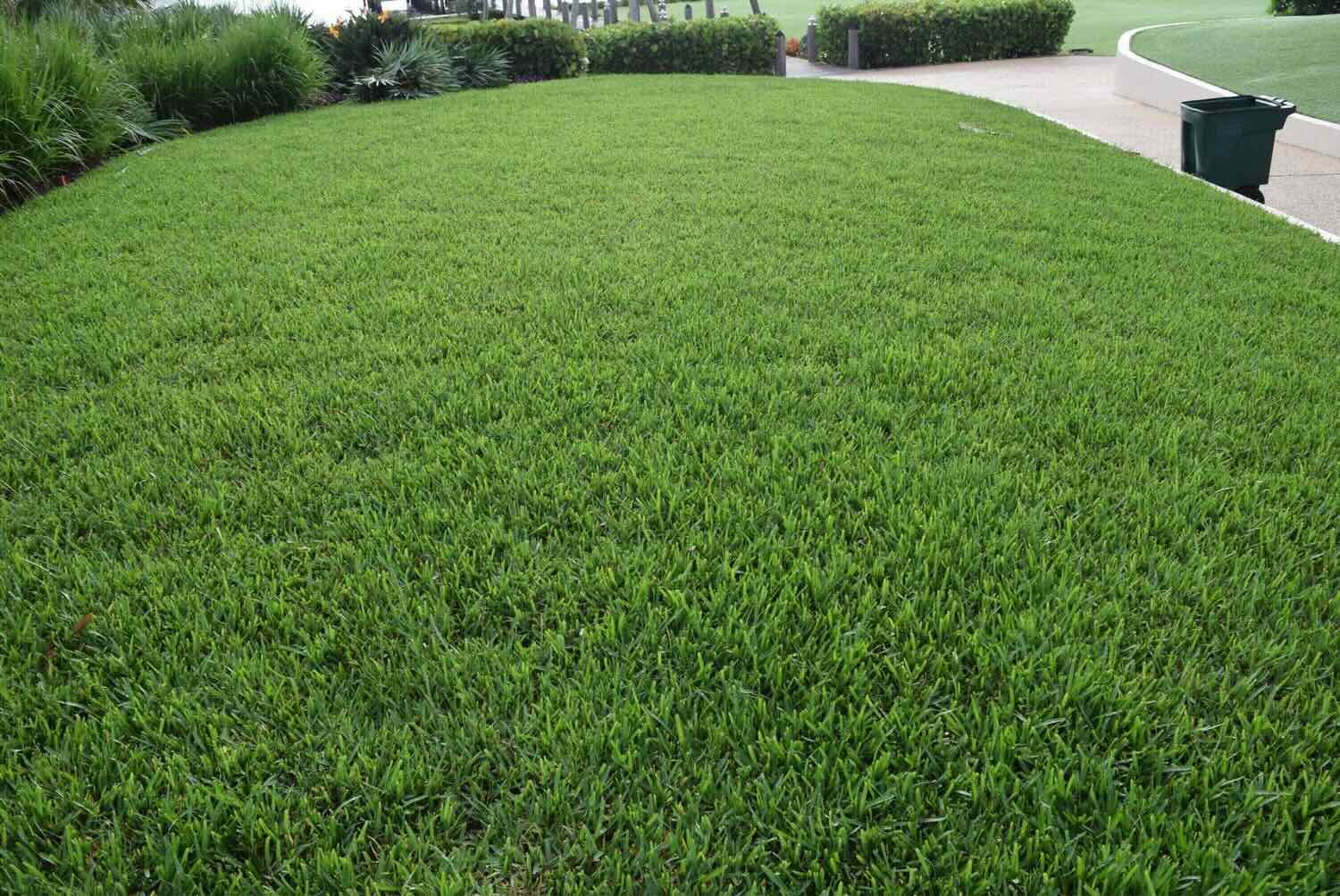


0 thoughts on “How To Fix Over Fertilized Grass”